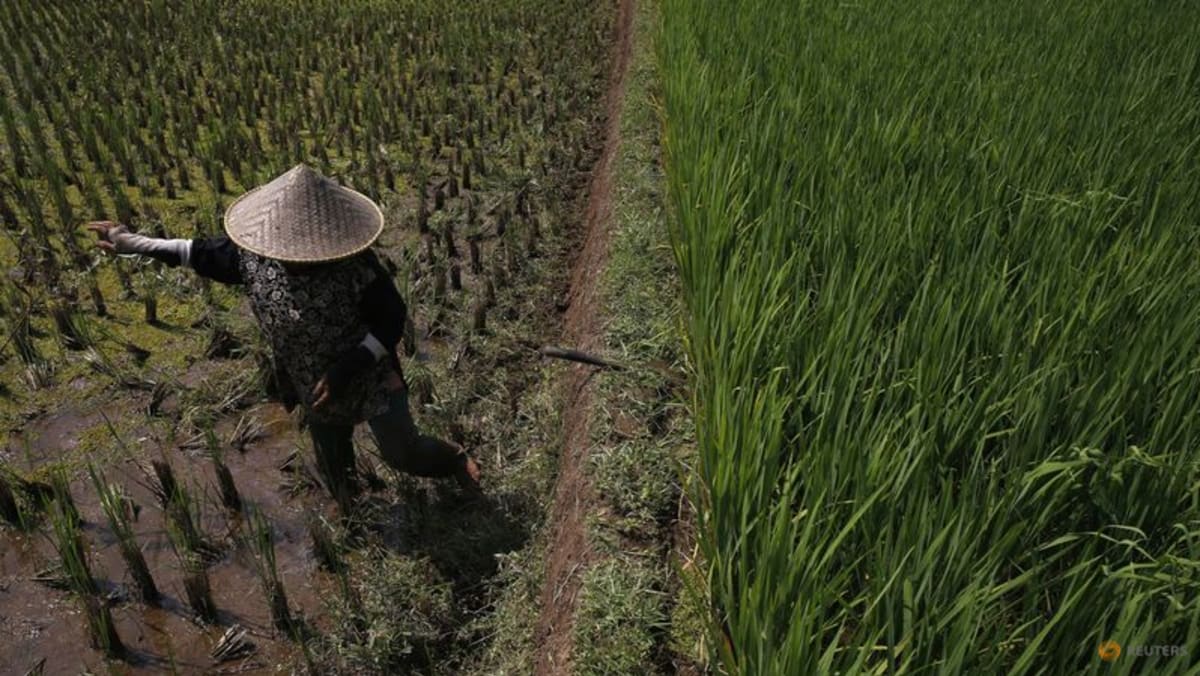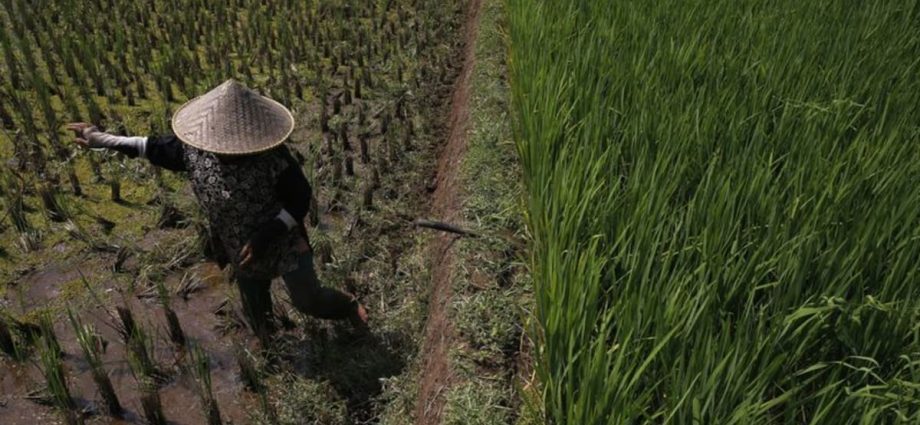
India, which accounts for 40 per cent of global rice exports, has curbed shipments, lifting prices to 15-year highs.
Australia’s wheat output estimates are being revised lower by analysts for the first time in four years as key growing areas have had insufficient rain in August.
“Wheat production is going to be three million (metric) tons lower than our initial estimate of 33 million tons,” said Ole Houe, director of advisory services at agricultural brokerage IKON Commodities. “If the dryness continue in September, we are looking at an even lower crop.”
Australia has had three straight years of bumper wheat output, boosting supplies for importers such as China, Indonesia and Japan.
TROPICAL SOUTHEAST ASIA HIT BY DRYNESS
Rice, palm oil, sugarcane and coffee crops have received lower-than-usual rainfall in Southeast Asia, with Indonesia and Thailand the worst hit.
“Eastern parts of Indonesia and much of Thailand has had very little rain in the last 30 to 40 days,” Maxar’s Hyde said.
“In these areas, precipitation has been 50 per cent to 70 per cent of average. Most of September is going to be largely below normal rains in Thailand and Indonesia.”
In the United States, corn and soybean crops have suffered in recent weeks due to dryness, although the weather is not associated with El Nino, said Drew Lerner, president of World Weather Inc.
From November to February, however, US farms will see a bigger impact from El Nino with above-average precipitation in southern states, benefiting winter wheat, Lerner said.
South American weather is expected to be crop-friendly for soybeans and corn which will be harvested early 2024.

